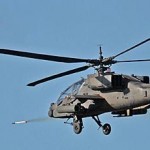
In this second part of the presentation of attack helicopters, we will display the different equipment available for each aircraft. The best helicopter will be disclosed in the conclusion!
Click on the image below to see all data.
Some data are unavailable or not confirmed: the corresponding cells are left with a blank. Of course, information may be missing or wrong: in this case, please just send a message.
The particular case of Mi-24, -25 and -35 is a very wide export market from Russia. Many different equipment were installed and they cannot be all listed here. An interesting case is the Algerian Mi-24 Mk. II modernised by the South African company ATE.
The program launch year corresponds either to the formal national approval and financing of a program or to the first public announcement. This second case is most likely to apply to the former USSR or to China today. The first flight is indicated when it is officially acknowledged. It remains very possible that earlier discrete prototype flights occurred. When a program launch appears before a first flight, it means that the manufacturer has probably initiated the programme before a formal approval by the government.
The data are provided for all variants and versions of a single model. For instance, the data of AH-64 Apache are valid for American, British, Japanese versions (and other countries as well).
The gross weight is also called Maximum Take-Off Weight (MTOW). Aircraft are not allowed to fly overloaded. It is often necessary to make a compromise between a load of fuel and the weapons or equipment necessary for a mission.
The endurance is provided with standard fuel tanks only. Some aircraft are able to double or triple their flight duration when they carry all their auxiliary fuel tanks.
The ratio power / weight is not the best performance indicator. A realistic indication of performance of aircraft will be developed later on this website, using major parameters such as the rotation speed and the rotor solidity (ratio between the total blade area and the disk surface). Nevertheless, this ratio provides already a first impression of the agility of the helicopters.
The number of crew members (displayed as “number of pilots” in the table) is always of 2, except for the Ka-50. This is one of the reasons why Mi-28 and Ka-52 have been preferred, assuming that the workload during battle field operations cannot be supported by a single man.
Weapons
An axial weapon is different from a turret weapon. A cannon can be installed as a chin turret or in a pod.
Rockets, guided rockets and missiles have different motor burning durations: rockets get only a short impulse at the beginning of their flight and finish with a ballistic trajectory. Guided rockets can be controlled with aerodynamic fins until impact. Missiles are propelled by their motor until impact.
Turrets are always installed at the front or the side of an helicopter. The chin turret (Tiger, Rooivalk, Mangusta, Cobra, some Mi-24…) is mounted in front of the pilot, under the nose of the aircraft.
The Apache has a turreted cannon under the belly, between the two pilots. Russian helicopters such as Ka-50, Ka-52 and some Mi-24 have a cannon installed on the side below the cockpit. It can be moved in both azimuth (e.g. -2° to +9° for Ka-50) and elevation (e.g. +3° to -37° for Ka-50).
Sight systems
Sight systems are composed of cameras and displays. Cameras can be thermal (generally infrared or IR), low light, or simple TV, very similar to your computer webcam.
The displays offer many possibilities. The simplest is a CRT or LCD screen installed on the instruments panel and controlled by buttons. You can generally switch between flight data, mission information, fuel consumption and camera picture.
Another option is the head-up display, HUD. It is a transparent screen mounted between the pilot and the windscreen. Data are generally displayed in green colour.
The monocle is used in the Apache and consists of a transparent glass, fixed to the helmet of the pilot or gunner, and placed in front of one eye.
The helmet mounted sight and display (HMSD) provides information to both eyes. It is much more comfortable than a simple monocle insofar as the pilot’s brain does not have to differentiate information coming from the two eyes.
The last possibility is a head in display (HID) fixed above or in front of the gunner/observer seat. A binocular covered with a rubber sheet displays camera images. The advantage is the observation of the video image in an isolated environment, without the disturbance of daylight.
Cameras
3 types of cameras are generally available :
- TV cameras, which are basically not different from common webcams and handheld cameras available on the public market.
- Low light TV cameras are highly sensitive and are capable of providing an image also when external lighting is not more intense than the light of the stars. The working principle is based on an intensifying tube, which collects photons and converts them into an electric signal. This signal is then amplified and transformed into an image for the eyes of the pilot.
- Forward Looking Infra-Red cameras are also called thermal cameras. They collect light emissions in the Infra-Red spectrum and display it in visible light.
Laser can be of several wave lengths and intensities. It can be used to determine the distance to an object, to designate a target or to guide a missile. The target designation is either used to show an object of interest to other team members, or as illumination for a missile heading to the target to destroy.
Another application is the laser beam rider missile (e.g. Vikhr AT-9). The helicopter illuminates a sensor at the back of the missile and controls it with different light signal codes.
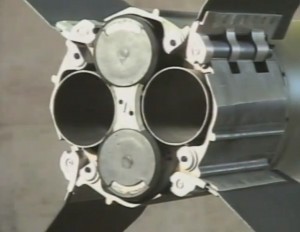
Supposed Laser sensor on the back of Vikhr-M, Laser beam riding missile (source)
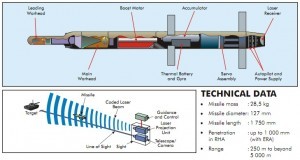
cutout of Ingwe missile (Laser beam rider) (source)
Anti threat system
Against radar or thermal guided missiles, helicopters can be equipped with warning sensors and chaff and flares dispensers. The technologies are always kept secret following the principle of the sword and the shield. When offensive weapons become too powerful, protagonists increase their defensive equipment accordingly. Of course, the details of these defensive means are generally not made available to the public.
The majority of the threats against helicopters on battle fields are SAM (Surface to Air Missiles). Some are easier to counter (e.g. SA-7) than other (e.g. Stinger or SA-14).

AH-64 Apache and AH-1Z Cobra missile launch sensors located at the end of the stubwings (Apache) or on the sides of the fuselage (Cobra)
For more information, there is an interesting article here: http://www.aerospaceweb.org/question/electronics/q0191.shtml.
Ballistic protection
The most simple and basic mean to protect an aircraft and its crew is to provide protection against ballistic weapons. The most famous armoured helicopter is of course the Mi-24.
Manufacturers can choose not to protect the aircraft at all, which permits to spares several hundreds of kilograms. It is also possible to protect only most sensitive parts, such as the engines, the rotors and the crew.
Radar
Helicopters are not all equipped with radar, because optical sights are sufficient in most of the situations.
It can be used for both observation (detection) and missile guidance. Like all radars, radio waves permit to receive an image of the environment with a resolution sufficient to spot chicken in the middle of a desert. It has also a guidance function for some missiles like, for instance, Hellfire or Ataka-V missiles.
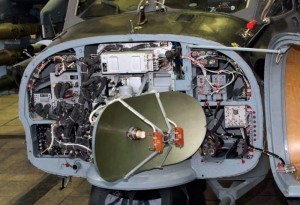
Air to ground Arbalet radar in the nose of Kamov Ka-52. Another Arbalet version can be mounted on top of the mast for air to air detection.

Longbow radar installed on top of rotor mast on AH-64D Apache
Antennas
Helicopters are covered with antennas: communication, data exchange, GPS: every function has its antenna. The easiest to recognize is the HF antenna, which is often outside all along the tail boom.

HF antennas on WZ-10 and Tiger (source Tiger)
Computers
The final elements of this presentation are the computers. Critical part of attack helicopters, they control every equipment and process every data from every sensor. They are usually not visible, unless you are lucky enough to be there at the right time.
Conclusion
Attack helicopters are very complex and expensive aircraft. The acquisition of such a weapon is a political decision implying also diplomatic efforts. However, this helicopter is a great tool for countries willing to show their power.
In the frame of asymmetrical warfare, the simple presence of an attack helicopter is sufficient to create a balance of power extremely favorable to ground troops.
Not every country can afford best helicopters. Furthermore, for political, economic, industrial or even pride reasons, some will make the choice of a domestic attack helicopter programme.
Knowing all the helicopters and their performance, we can compare them and establish a classification. Note that OH-1 is not a real attack helicopter.
Of course, some criteria can be challenged and bring to a different classification. Nevertheless, the choice of an attack helicopter depends always on the mission and the expected capability. It is a compromise between 3 factors:
- mobility (agility, speed, ability to operate in hot and high environment)
- fire power (quantity of weapons, robust airframe to withstand recoil forces, guidance equipment for guided weapons)
- protection (threat detection and response, armour)
The decision is also influenced by factors other than technical or tactical: the governments will consider the price, the costs, the political relationships…
Eventually, the competition will reveal information where experience matters: ease of maintainability and costs operational maintenance, reliability of the manufacturer and its ability to deliver on time, reliability of the aircraft and frequency of incidents, easiness and low cost of the formation of pilots and mechanics…
13th: WZ-19
With a small airframe, no gun turret and the weight class of the Z-9, WZ-19 is more a light attack helicopter than a serious combatant.
12th: Light Combat Helicopter (LCH)
The development of the helicopter has not been completed yet and its mass is still too high, which reduces its agility and high altitude performance. The weapon system also lacks of maturity: Helina missile was fired (successfully) last year only.
11th: Mi-24 Hind
Despite its experience and the latter improvements, the Hind is now an old heavy helicopter designed also to transport troops.
9th draw: AH-1Z Cobra, WZ-10
– The old design of the Cobra was modernized, but the helicopter’s weapon system is not anymore the state of the art.
– WZ-10 needs to prove its maturity and performance.
Good to notice: AH-1 and WZ-10 are both the first dedicated attack helicopters of their country with a domestic development programme.
8th: Rooivalk
Rooivalk has the features necessary to attack helicopters and more engine power than Cobra and WZ-10, but the weapon system is not as much developped as other combat aircraft.
7th: Ka-50 Black Shark
The weapon layout and the performance of the helicopter are great, but the single pilot will not be able to manage the mission and piloting.
6th: Mangusta
Mangusta is similar to Rooivalk, but it has the advantage of combat experience. Mangusta has the greatest engine power reserve.
5th: Ka-52 Alligator
Ka-52 is the two-pilots version of Ka-50. The ballistic protection, the weapon system and the radars make it a greater helicopter. However, the engine are really not sufficient and the aircraft is underpowered.
…here come the final best helicopters. It is very difficult to tell which aircraft is actually the best, because the final estimation will depend on the circumstances of the operation. Several parameters are crucial for a successful mission: payload, range, weapon system…
4th: Mi-28 Havoc benefits from an interesting weapon package and a good engine power. However, the endurance is a little bit short and it is not known for having ever been used during combat operations.
3rd: RAH-66 Comanche was only a prototype and does not exist anymore. The programme was shut down because of budget cuts and the choice was made to continue improvements of Apache. Great engine power and mission system would have made it the best attack helicopter, even capable of sneaking in and out of a battle field without being detected.
1st position: draw
AH-64 Apache has two interesting assets : the fire control radar and a bigger mass, which allows to carry more weapons.
EC665 Tiger offers a great choice of weapons and a huge endurance. The weapon and mission systems are also very interesting. Even if the gross weight is almost only the half of Apache, it is able to carry almost as much weapon and can fly longer.
It is difficult to decide between them. Apache provides great fire power, but would be short on fuel sooner than the Tiger. The Longbow radar is indubitably useful in open areas like great plains or desert, but less in mountains. Between crests and valleys, both are well equipped with FLIR and TV cameras. On higher and hotter locations like Afghanistan, US AH-64D cannot fly with the Longbow radar, because of a lack of engine power. Only British WAH-64 have better engines (RTM-322) providing each 300 kW more.
A great advantage of Apache is its highly protected airframe against 12,7 to 23mm bullets, while Tiger needs additional protections not installed during peace time.
A great advantage of Tiger is the TopOwl helmet. Flight and mission data are displayed in front of the eyes of the pilot and the gunner. Apache crews have only the monocle, which needs intensive training of the eyes before being capable of using it correctly.
Which one is the best? Tiger and Apache are clearly on the top of attack helicopters. There are slight differences between them, but they will all complete the mission.
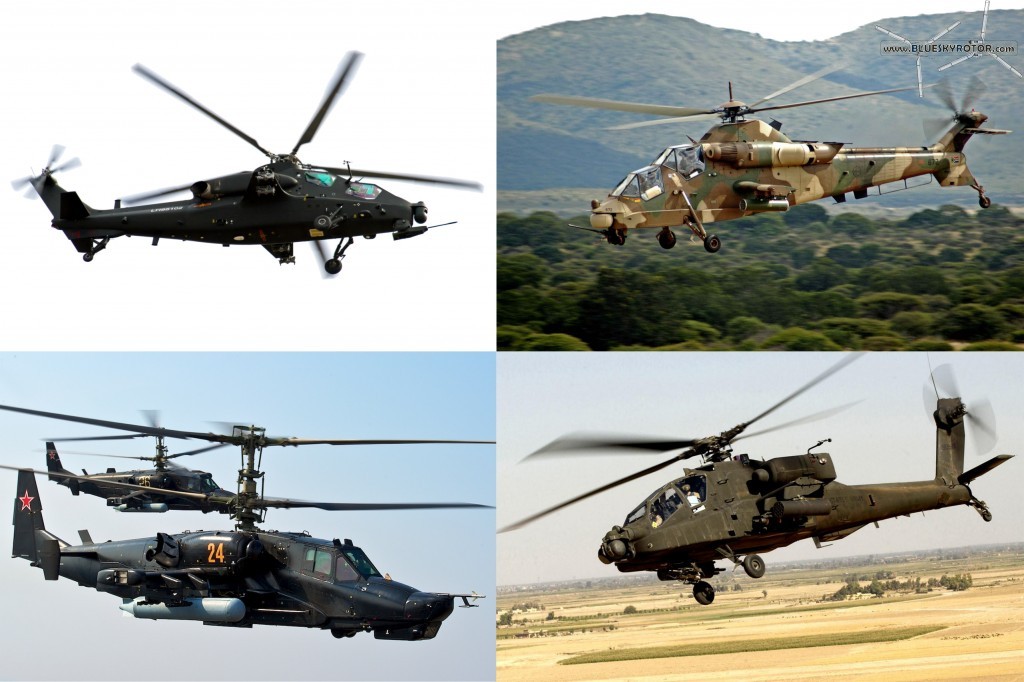
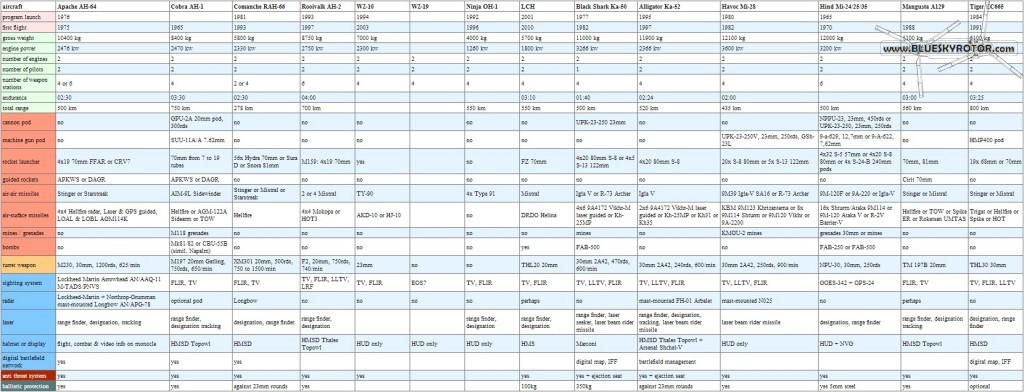

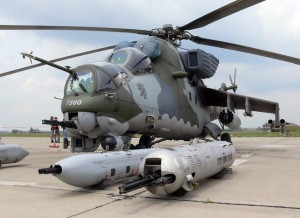

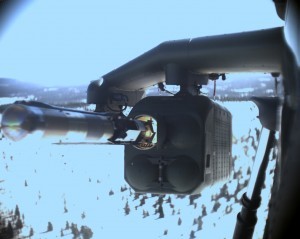



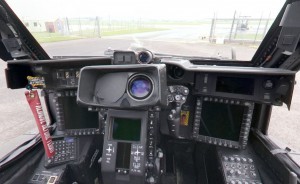
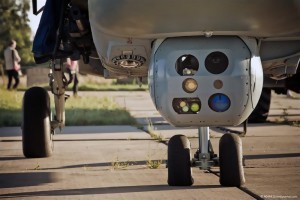
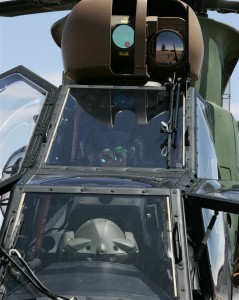
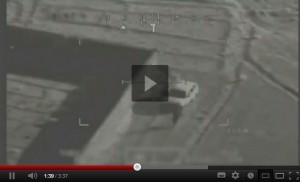


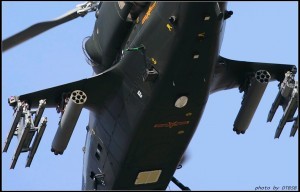
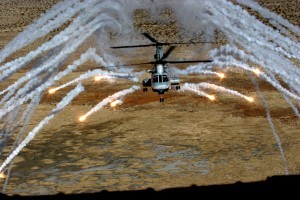
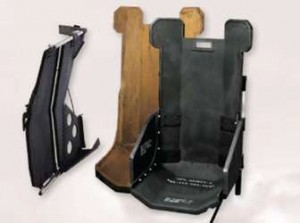
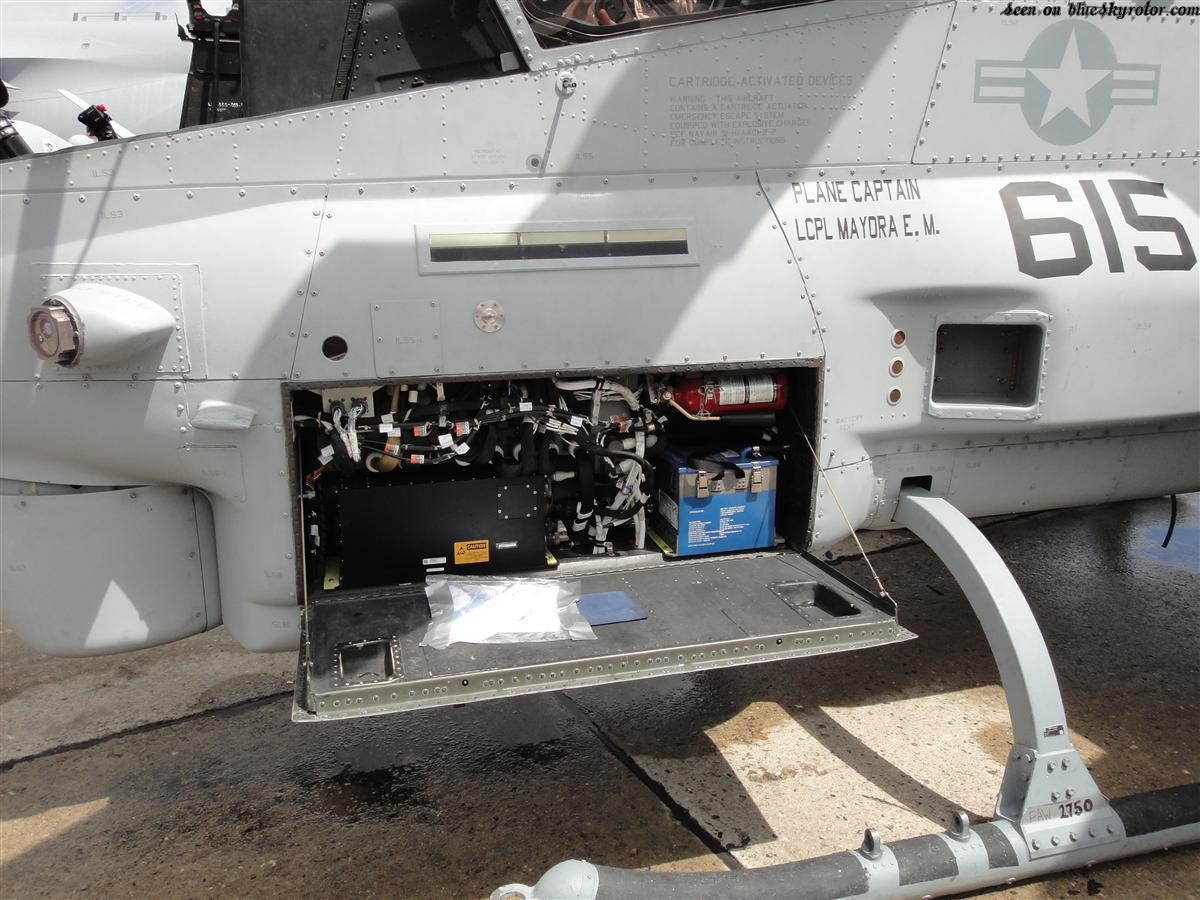



Sorry, the comment form is closed at this time.